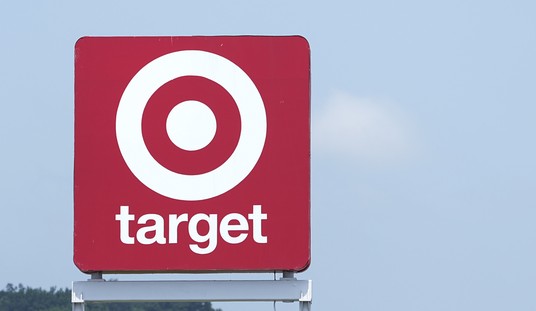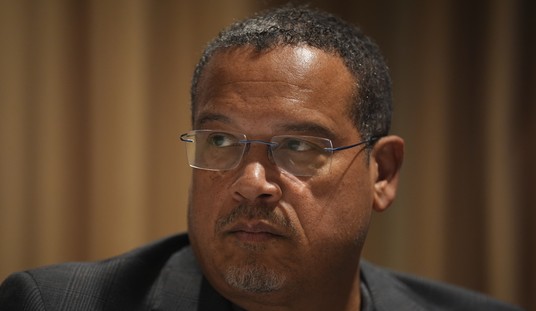CNN published an interesting story today about European environmentalism and the law of unintended consequences. It’s a lengthy story but the core of it is that back in 2009 the European Union embraced a plan (the Renewable Energy Directive) to reduced its reliance on fossil fuels and instead depend on renewable energy sources. In most people’s minds that would refer to solar panels, windmills and maybe hydroelectric power. But one of the sources specifically cited in the document was biomass, i.e. wood pellets. The European Union reasoned that the burning of wood pellets was better than the burning of coal since trees can be regrown. While that’s true, trees definitely aren’t carbon-neutral in the same way that other renewable sources are.
To say cutting down trees and burning them for power is a renewable energy source feels counterintuitive and, in reality, it is.
Burning wood is less efficient than burning coal and releases far more carbon into the atmosphere, according to almost 800 scientists who wrote a 2018 letter to the European parliament, pushing members to amend the current directive “to avoid expansive harm to the world’s forests and the acceleration of climate change.” President Joe Biden and other world leaders received a similar letter from hundreds of climate scientists earlier this year.
The EU directive that encouraged the pivot to biomass also left a loophole — it did not prevent the leveling of rooted trees for wood pellet production.
“I can’t think of anything that harms nature more than cutting down trees and burning them,” said William Moomaw, professor emeritus of international environmental policy at Tufts University.
Yet by burning wood, European power plants can reduce their carbon footprint — at least on paper.
You’ve probably heard of carbon offsets. That’s the idea that energy producers should have to balance the amount of carbon they are producing by buying offsets or carbon credits from renewable energy sources. Well that’s sort of what is happening with Europe’s burning of American trees. It’s all based on a wrinkle in the way the EU calculates the carbon released by burning biomass produced somewhere else.
In 1996, scientists at the United Nations devised a method to measure global carbon emissions. To simplify the process and avoid double counting, they suggested emissions from burning biomass should be calculated where the trees are cut down, not where the wood pellets are burned.
The EU adopted this methodology in its Renewable Energy Directive, allowing energy companies to burn biomass produced in the US without having to report the emissions…
“It doesn’t change the physical reality,” said Tim Searchinger, senior research scholar at Princeton University. “A law designed to reduce emissions that in reality encourages an increase in emissions … has to be flawed,” he said, referring to Europe’s directive.
If that sounds somewhat insane, well, it is. But the EU has provided lots of subsidies based on this paper-only reduction of carbon output. And that has led to wood pellet plants sprouting up in southern US states to meet the demand.
A good portion of the article focuses on the people, mostly black, who live near these massive pellet plants. The plants run day and night, seven days a week and create a lot of noise and dust that sounds pretty unpleasant to be around. But if you set aside the “climate justice” angle the whole thing still doesn’t make any sense. Burning down a tree releases a lot of carbon. Yes, if you plant a tree to replace it then that tree will eventually (in 20-30 years) absorb all of the carbon you released. But I thought was the goal of all of this effort was to reduce the amount of carbon going into the atmosphere, not keep it steady.
Also if your specific goal is carbon neutrality by 2050 then a course of action that involves burning lots of wood now that can eventually be recaptured decades from now doesn’t seem very helpful. So why would the EU support this? Because it’s cheaper than solar or wind, can be burned at any time and looks good on paper thanks to the rules about not counting the emissions from foreign sources.
“The idea was to curb our addiction to fossil fuels,” said Bas Eickhout, Dutch politician and member of the European Parliament. Biomass was an attractive option for EU countries at the time, he explained, because it was much cheaper than solar or wind power and could be “mixed in” when burning coal.
All of this could be fixed pretty easily. The EU could simply fix the accounting gimmick which makes the burning of these trees not count on paper. Or it could stipulate that only excess wood from other production processes (such as paper or lumber) can be used to create wood pellets. As it stands, the EU documents treat freshly cut trees as a wood byproduct like sawdust from a lumber mill. The EU is supposed to review and revise the renewable energy guidelines this summer but CNN reports that a draft documents suggests there is no plans to change the rules governing wood pellets.
Here’s a promo video created by one of the biomass companies shipping pellets to the UK:








Join the conversation as a VIP Member